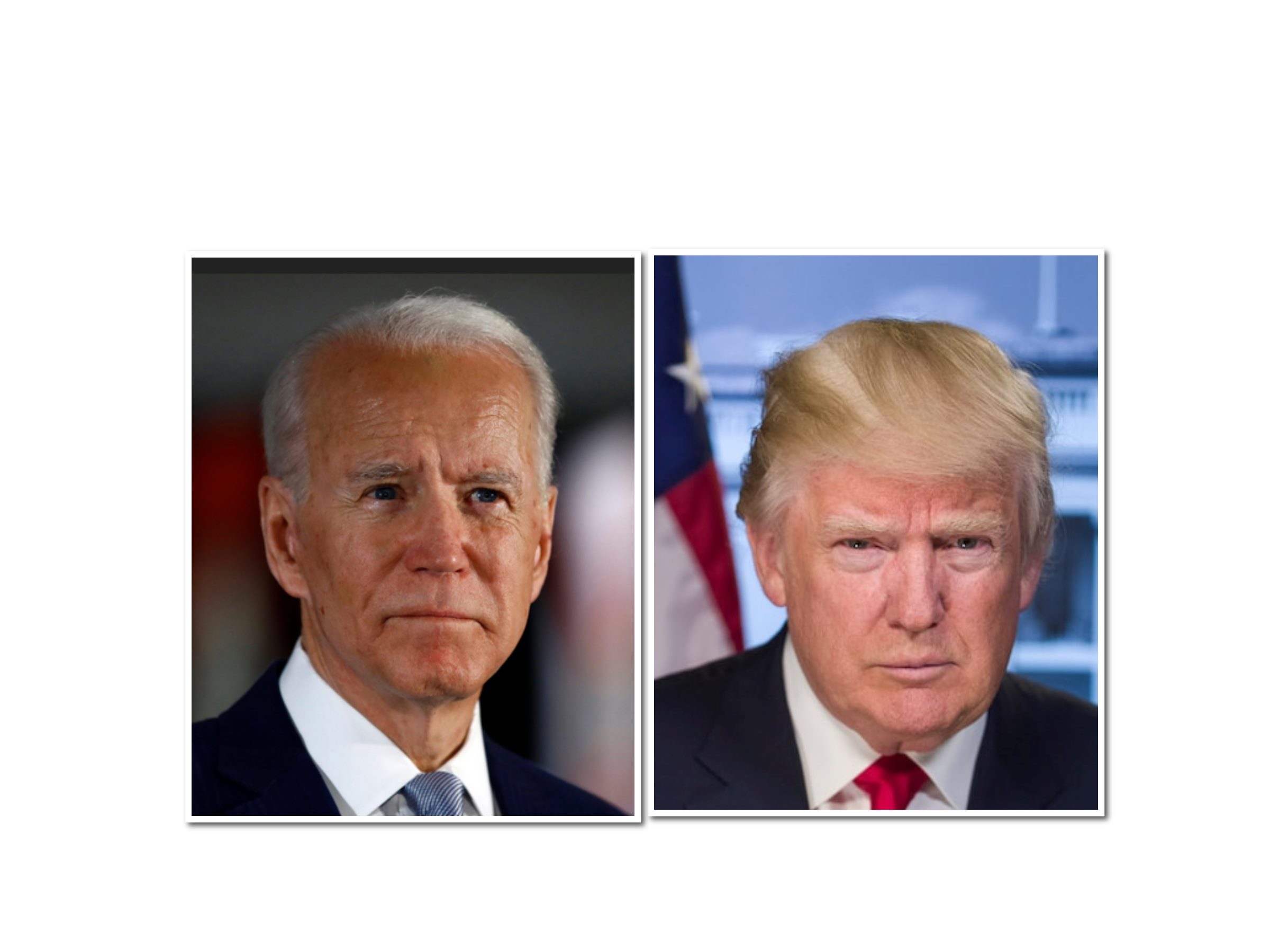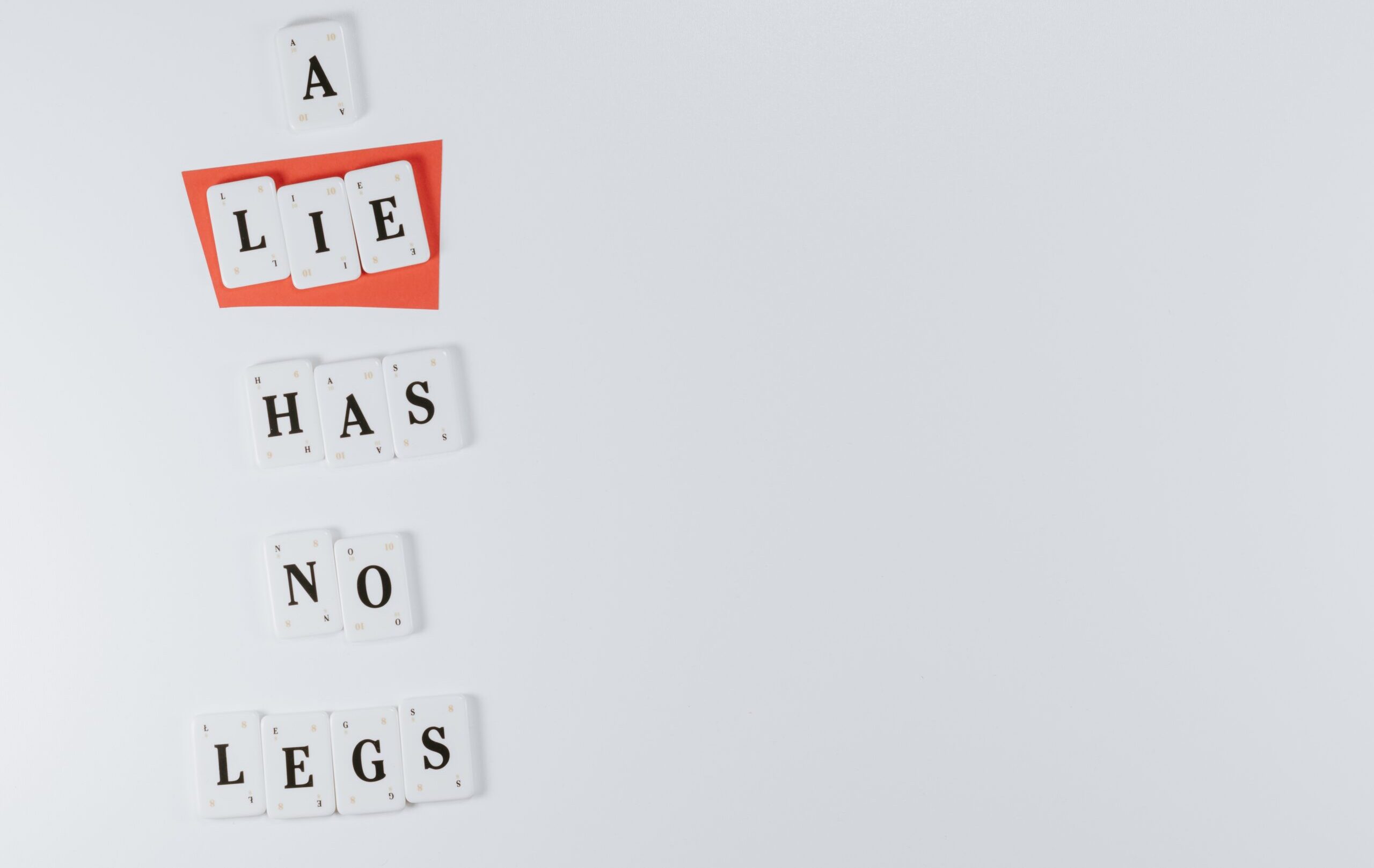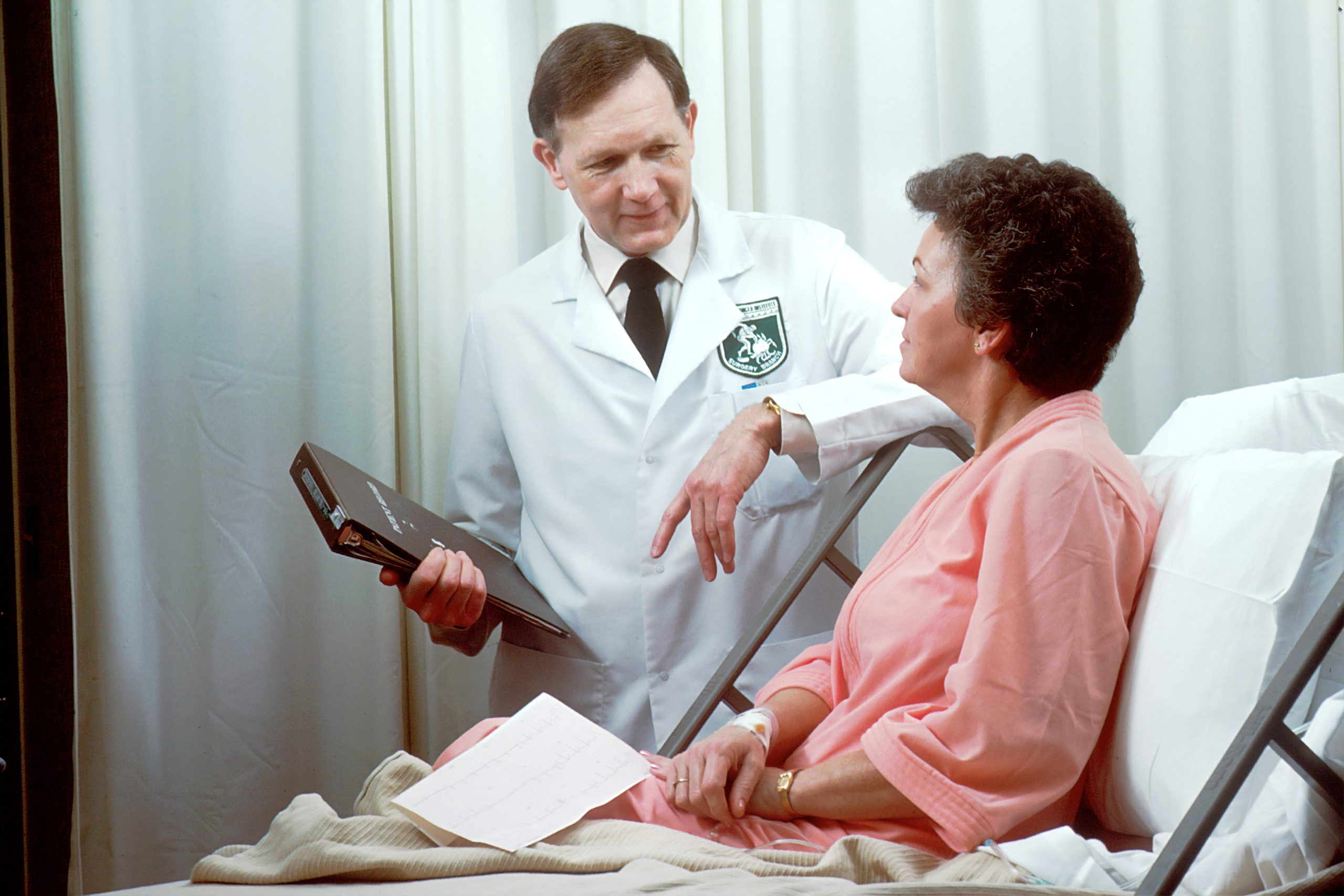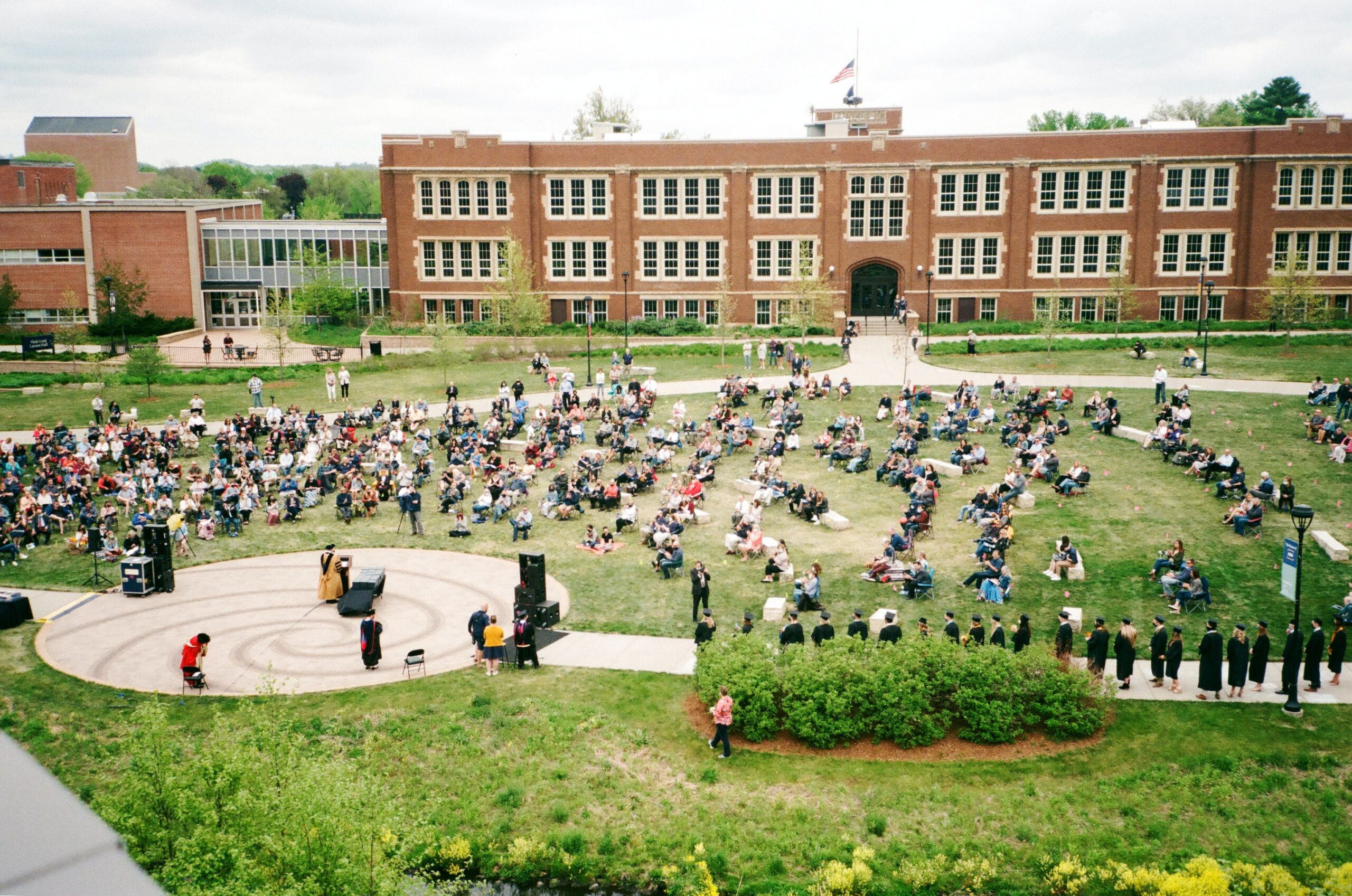If you’re a college student, or a parent of one, or if you just wake up most mornings, you already know a lot about our exorbitant college costs and campus troubles. But do you know what caused them? Do you know why college tuitions have gone crazy? Do you know who’s to blame? I’ve found the answers. Here’s the straight scoop (with its nasty twists and ugly turns), my long hours of research summarized in only 2500 words.
The beginning
The wheels of change began to turn, little noticed, in 1980, the very year when colleges and universities began hiking their tuitions. That year marked the beginning of five consecutive decades of unprecedented increases in college costs, the disastrous 50-year span that dropped us into the sorry dungeon that we struggle in today. How bad is it?
Well, students now graduate swamped with unprecedented debt. Bloated administrations have usurped faculty power. Professors are frustrated, angry, and intimidated. College courses are watered down. Students are indoctrinated by bureaucrats. Free speech is suppressed. That’s bad enough for me.
As I searched diligently for what prompted this mess, I found convincing evidence that a single spark ignited the original fire and that it continues to feed the hot flames in higher education even today. That spark, that culprit (sad to say) was none other than the federal government.
Bennett spotted the culprit
Over 25 years ago, then Secretary of Education William J. Bennett, argued that, contrary to the intentions of policymakers, increased federal aid actually was making college less affordable (“Our Greedy Colleges,” New York Times, Feb 18, 1987).
Bennett noted that college tuition had begun rising in 1980, and had continued to rise every year afterward at a rate that greatly exceeded inflation. He drew attention to 1978, the year in which subsidies became available to a greatly expanded number of students. (The Middle Income Student Assistance Act was passed in 1978, an act that expanded to all undergraduates the eligibility for subsidized loans; it also made middle‑income students eligible for Pell Grants.)
Bennett argued that the increases in financial aid had enabled colleges and universities to blithely raise their tuitions, confident that Federal loan subsidies would help cushion the increased burden. “Federal student aid policies do not cause college price inflation,” he wrote, “but there is little doubt that they help make it possible.”
Tuitions zooming upward
Over the intervening years, tuitions and other fees zoomed steadily upward, and with crushing effects. The magnitude of this trend is apparent in the accompanying graph. Please examine it carefully.

From the Mercatus Center at George Mason University (used with permission)
Notice that tuitions and fees were relatively stable from 1970 to 1980 (if anything they trended downward), but this changed dramatically in 1980 when costs began to rise sharply, just as Secretary Bennett noted. Moreover, costs have continued their steep ascent far beyond the time when Bennett brought attention to it in 1988. This eye-popping escalation of tuition expenditures has greatly enriched colleges and universities across the nation.
It has been argued that many students do not pay full sticker price tuition and fees. This is a fair point, but no one can deny that the cost of attending college has soared to unsustainable heights, and leaving multitudes of students mired in debt. According to an up-to-date report, the current student debt totals $1.757 trillion. Click here for data.
Professional schools hit hardest
Those going on to professional schools are especially hard hit. According to various online sources, the debt for recent medical school graduates averages about $200,000 (really !), but a sizeable number report they are in the red for twice that amount. Try to imagine that. To illustrate how dramatically times have changed, consider how affordable education was for me. Admittedly, I’m of vintage age, but when I enrolled at the University of Wisconsin – Madison in 1955, my out-of-state tuition was $1,000 per academic year. My only support, thanks to a tour in the Air Force, was the G.I. bill that paid me $110 per month for four academic years. By working part-time and employing a bit of creativity, I managed to complete my undergraduate degree, two years of medical school, and a Ph.D. During this time I took out only one $500 interest-free loan. I later completed my clinical years of medical school at the University of Kansas without further borrowing. More to the point, I knew of no one then graduating from medical school with heavy debt.
Indirect costs enrich schools even more
The heavy surge of tuition dollars is not the only source enriching colleges and universities. Many institutions of higher learning have another significant source of income, this from the federal government. Research grants funded by the likes of the National Institutes of Health and the National Science Foundation carry with them so-called indirect costs. These indirect costs go not to the research projects themselves, but to the general coffers of the colleges and universities in which the research is performed. Indirect costs are meant for such expenses as building maintenance, utility costs, and, of course, administrative staff, some needed to comply with various federal, state, and local rules and regulations. (As we know, with government money comes government control.)
How generous are these indirect costs? For financial year 2021, the NIH spent $32.3 billion (direct and indirect costs combined) funding the grants awarded primarily to researchers in colleges and universities. The average indirect cost rate for colleges and universities is somewhere between 50 to 60% of direct costs. To estimate conservatively the annual value of these indirect costs going to higher education, assume an indirect cost rate of only 50%; at this rate colleges and universities would have received one-third of the $32.3 billion total dollars awarded by the NIH in 2021 – nearly $11 billion dollars – a hefty addition to academic money chests.
In short, the indirect costs pouring in from Washington, combined with the heavy inflow of tuition dollars, have provided colleges and universities with loads of money to spend. Where is it going?
Faculty woes
One might imagine that faculty members would be among the major beneficiaries of these riches. After all, they are the ones who directly educate their students and perform research, the basic missions of higher education. Despite this, professors have benefited little. Salaries naturally vary widely from school to school, but one of the latest sources I found compared the average salary of full-time faculty in the 2018-19 academic year with the salaries reported 50 years earlier. In 1970-71, full-time faculty members earned the equivalent of $81,030 (in 2018-19 dollars). In the 2018-19 academic year, full-time faculty earned an average of $88,703, an increase of 9.5% over the intervening five decades, a paltry amount when compared to the surge of lucre pouring into institutions of higher learning.
Not only have professors received little in the way of raises, but over the same period the percentage of full‑time faculty fell from 77.8% in 1970 to 53.9% in 2018. Since part-time faculty generally earn less than full-timers, one might infer that the total amount of college spending for faculty rose even less that the 9.5% salary increase for full-time members.
Proliferating administrations
Much of the money flowing into colleges and universities is being sopped up by administrators. Perhaps that’s not surprising. As Paul Campos, a professor of law at the University of Colorado, and an authority on the economics of higher education, was quoted the Yale Daily News last year, “. . . as revenues [of universities] go up, there has to be found ways to spend them. And one of the most natural ways to increase spending is to increase administration, the size of it and the compensation of the top administrators in particular.” How correct he was!
Administrators have proliferated – and at astonishing rates. According to a 2014 article in the HuffPost, during the 25-year period from 1987 until 2011-12, (the most recent academic year available at the time), American universities and colleges collectively added over half a million administrators and professional employees, or an average of 87 every working day!
These bloated administrations are consuming oversized portions of the enlarged academic pie. For example, the James G. Martin Center recently published an article focused on the University of North Carolina system (See here). Included was a table revealing the number of administrators and average salaries on each of the university’s 16 campuses. That table is reproduced below. The total salaries of administrators in this system came to nearly 250,000 million dollars! And please notice the AVERAGE SALARY of those administrators.

Nationwide, countless administrators are filling posts that didn’t even exist a few decades ago – many of these under the ubiquitous umbrella of diversity, equity, and inclusion. Although these simple words have multiple definitions, the focus of them in academia is heavily on race and skin color, not, for example, on diversity of opinions.
This rapid growth of DEI staffing has come with heavy costs. Here is an example from the University of Michigan. The National Review reported earlier this year that UM will spend more than $18 million this academic year on salary and benefits for its diversity, equity, and inclusion staff. (This amount was reported to equal the cost of in-state tuition for over a thousand students. See article here) The vice provost for equity and inclusion makes $380,000, and 17 DEI staffers make more than $200,000, and 95 (out of more than 140) make more than $100,000 in total compensation. Note: DEI is an integral part of the Woke culture that I criticized in a recent post (See that post here)
What effects do these massive outlays produce? Although this question is difficult to quantitate, The Heritage Foundation last year published a report that analyzed data from 65 universities (all members of the five “power” athletic conferences) and compared the number of people having formal DEI goals (average of 45 per school!) with student satisfaction surveys from the corresponding institutions. Analysis of the data revealed little relationship between the number of DEI personnel and the satisfaction of students with their college, or even with their personal experiences with diversity. See that report here.
Salaries of Top Administrators
As Professor Compos noted, one natural way to increase spending is to increase the compensation of top administrators. And top administrators are pulling it in. To cite an example from my alma mater, the University of Wisconsin-Madison, the salary of Chancellor Donna Shalala in 1988 was $95,000; by 2019, Chancellor Rebecca Blank’s salary was $582,607.
The upward swing continues. In mid-2022, the University of Wisconsin Regents hired Jennifer Mnookin to be the new chancellor at a base salary of $750,000. A quick adjustment for inflation indicates that Chancellor Shalala’s salary in 2022 dollars would be $235,365, thus the inflation-adjusted value of the chancellor’s salary has more than tripled since Donna Shalala presided there.
Wisconsin’s generous outlay for its top academic position is not unusual. Professor Judith Wilde of George Mason University has studied the compensation of college leaders for some time. After analyzing approximately 250 presidential contracts with her colleague Jim Finkelstein, Professor Wilde said, “There are various add-ons in contracts that sometimes aren’t even defined. They may include an entertainment allowance, tuition support for family members, or even spousal pay. (UW Chancellor Mnookin’s husband will join the UW political science department as a full professor earning $275,400, which is, according to the Milwaukee Journal Sentinel, about $100,000 more than the median salary for full professors in that department.)
Beating state governors’ salaries
“What I find most fascinating,” said Professor Wilde, “is that presidents of public universities have higher salaries than any elected or appointed public official. Everyone we’ve looked at makes more than the governor of their state.”
As the salaries of top administrators have escalated, so has the size of their administrations. Admittedly, part of administrative growth is a direct result of governmental regulations that have left colleges and universities “immersed in a jungle of red tape,” according to a Congressional task force report written some seven years ago. (One might wonder what the task force has done about that recognition. Nothing, it seems.) Professor Campos acknowledges the burden imposed by government regulations, but he believes it is “overblown” and fails to adequately explain the soaring expansion of administrators in higher education.
“I think we don’t yet have a Vice President for the rights of the left-handed,” quipped a professor of English in the Yale Daily News, “but I haven’t checked this month.”
Administrators rule the roost
Whatever the relative causes for the bloat of administrators in colleges and universities are, one result is glaringly obvious. The balance of power has shifted. Professors now often must bow to the diktats of administrators. My discussions with university contacts, along with those cited below, leave no doubt that the morale of most faculty members, especially the senior ones who have known better days, has plummeted in recent years. Frustration and anger are common. Here’s a representative comment I found online.
My university’s grant office insists on rewriting all grants that are sent out, and as a result we don’t get any. I have literally just given up. It is not worth it to have all my work replaced and rewritten and then turned down.
A vivid and detailed description of certain campus challenges was provided by four Princeton professors in an article published recently in the online magazine, Tablet. That excellent article is available here. A snippet from it appears below.
Gripes from Princeton professors
What are we getting for this huge commitment of resources to administrators rather than classroom teachers? Today most universities lack core courses in the basics, but they do eagerly issue speech “guidelines” overseen by the new bureaucracy—to police how faculty conduct classes. Similarly, campus administrators are reshaping students’ lives in their campus residences, mandating student attendance at freshman orientation sessions and panels aimed at forming morals and attitudes on subjects ranging from sexuality to identity to “privilege.”
The Princeton professors concluded by offering practical suggestions to remedy this dismal situation. They advocated limiting the fraction of courses taught by non-tenure track instructors, and, in order to limit the amount of indoctrination that takes place in lieu of education, to subject to faculty review all mandatory attendance events held by administrators. Importantly, they also urged all institutions to adopt the Chicago Principles of academic freedom.
Are university governing boards the key?
One logical step not mentioned by the Princeton group would be to convince university governing boards of the problem and urge them to demand their appointed presidents or chancellors not only understand the disruptive effects of their bloated administrations, but that they also decisively reduce the excess, or be replaced.
Another obvious approach, admittedly a Herculean task, would be to induce Congress to rein in its own crew of federal administrators and demand they slash the myriad of regulations Washington has layered onto institutions of higher learning. (I offer this knowing that attempting to roll back governmental regulations is like sending a snow plow to reverse an avalanche. But miracles do happen.)
Conclusion
To conclude, Secretary Bennett was on to something when he asserted that, contrary to the kind intentions of policymakers, increased federal aid actually was making college less affordable, a trend that has continued over most of the intervening 35 years.
What Bennett did not mention, and may not have foreseen, was how high tuitions would climb, how stratospheric student debt would become, how bloated and authoritarian administrations would become, how faculty morale would suffer, how campus life would deteriorate.
FOR YOUR CONSIDERATION:
If you read this blog often, you know that I do not focus on a single theme. Unlike most bloggers. I just blather away, writing about whatever I find to be interesting at the moment, much like a weekly newspaper columnist might do. Admittedly, there are times, such as when writing the post above, that I spend considerable time and effort gathering information before I summarize here what I’ve learned. To be honest, I sometimes wonder whether it’s worth it, primarily because I have far fewer readers than the typical newspaper columnist. So here’s my pitch. If I pique your interest at times, and if you know others who might like to read my posts, please pass the word along and ask them to subscribe to my blog at writerken.com. And if they decline? Break their arms!
Stay tuned.











